Daniel O'Sullivan - Fourth Density (2021)
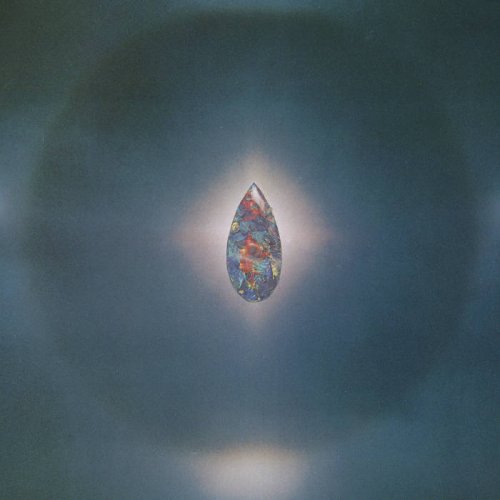
Artist: Daniel O'Sullivan
Title: Fourth Density
Year Of Release: 2021
Label: VHF
Genre: Ambient, Avantgarde, Cosmic
Quality: 24bit-44,1kHz FLAC
Total Time: 45:38
Total Size: 432 mb
WebSite: Album Preview
TracklistTitle: Fourth Density
Year Of Release: 2021
Label: VHF
Genre: Ambient, Avantgarde, Cosmic
Quality: 24bit-44,1kHz FLAC
Total Time: 45:38
Total Size: 432 mb
WebSite: Album Preview
1. Perpetual Ascension (03:36)
2. Fruiting Bodies (02:47)
3. Astral Survivor (03:10)
4. Orgone Attenuation (03:01)
5. It's All You (02:38)
6. Head in the Belfry (02:43)
7. The Fothering (03:26)
8. Arming the Seraphim (02:59)
9. Faster than Light (03:09)
10. Pearl Divers (02:30)
11. Moondrops (02:36)
12. Palo Sagrado (03:55)
13. Saraswati (03:04)
14. Swampland Flowers (03:37)
15. Slips of Yew (02:27)
Second in a series of 3 LPs of Library Music miniatures from composer and multi-instrumentalist Daniel O’Sullivan (Æthenor, Ulver, This is Not This Heat, etc) following 2020’s Electric Māyā. For heads, the term “Library Music” in 2021 might evoke dodgy Italian gray market LPs and crate diggers hunting for “funky breaks” - but London’s venerable KPM Music is working with groundbreakers like Daniel to open up new avenues for composers to experiment. Fourth Density’s 15 tracks include several beguiling instrumental beauties, including the Ashra-like “Astral Survivor” and the drifty “Faster Than Light.” Mixed in with the instrumental are almost-pop gems like the hypnotic “Orgone Attenuation” and “Head In The Belfry,” both with guest vocals from Astrud Steeholder. Like the other volumes, this is in a beautiful jacket designed by Dan and Turner Prize-nominee Mark Titchner and pressed on aesthetically complimentary blue vinyl.
“Library music. Akasha. Here you accept that music behaves like a thing to accentuate another thing, seemingly unrelated. A beautiful, shining blankness. Not passive. An opportunity to wade. A brief encounter with an open-ended destiny. As in, you never know who or what it will be partnered with. With library music the emphasis tends to be on functionality and less on sonic self-portraiture. So it compels you to be concise, like what is the function of this work? The distance is liberating. It’s less “What Am I? and more “What Is This?”. It compels you to be brief, each little cell is a world of its own in an assemblage of miniatures all vibrating in their collective identity. Then there is the occult nature of library music which is fetishized by many for its ability to induce time travel, often to send us back to some televisual memory. However, despite its broad-brush strokes, the library can be so profoundly alien, especially when experienced independently of the televisual realm; an unruly chimera of genre mutations, compositional curiosities and the deepest wallpaper you ever laid ears on. Perhaps the observances of library music can help unshackle us from our artistic insecurities and delusions, where one is drawn to the shape of music as a whole instrument unto itself; as a vehicle carrying our intention and consisting of everything we have to give at that moment; so things that are seemingly unrelated are ultimately connected.” – Daniel O’Sullivan
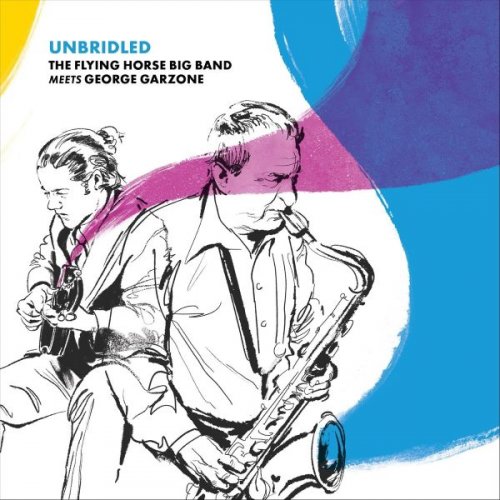
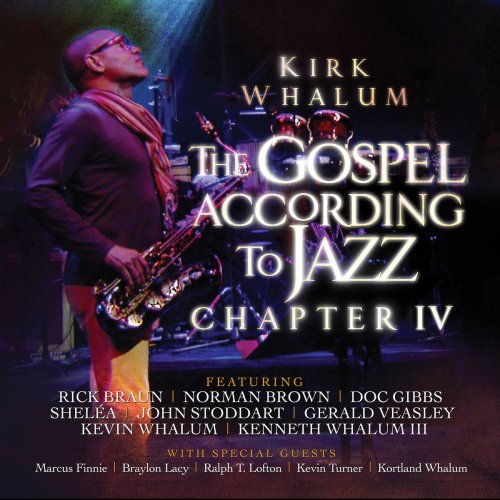
![Reggie Watts - Reggie Sings: Your Favorite Christmas Classics, Volume 2 (2025) [Hi-Res] Reggie Watts - Reggie Sings: Your Favorite Christmas Classics, Volume 2 (2025) [Hi-Res]](https://img.israbox.com/img/2025-12/21/cn1c8l2hi7zp9j05a5u7nw49g.jpg)
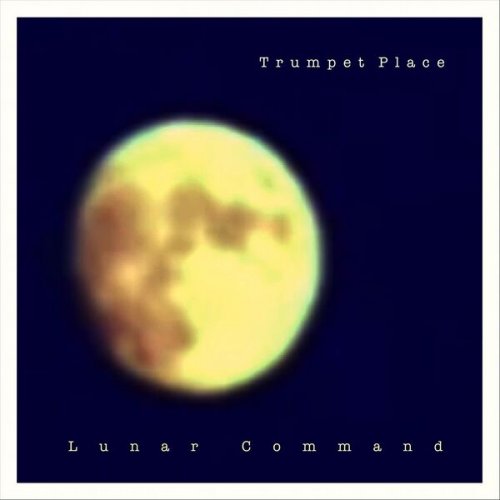
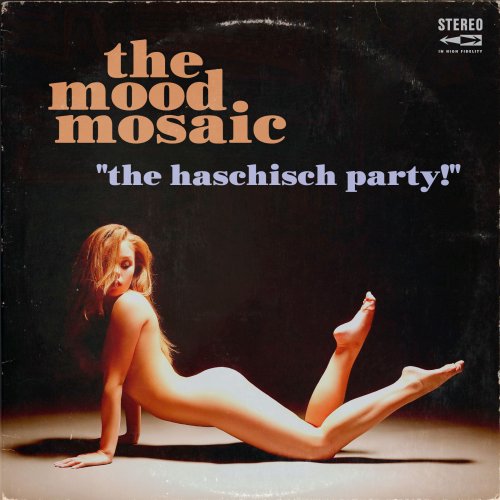
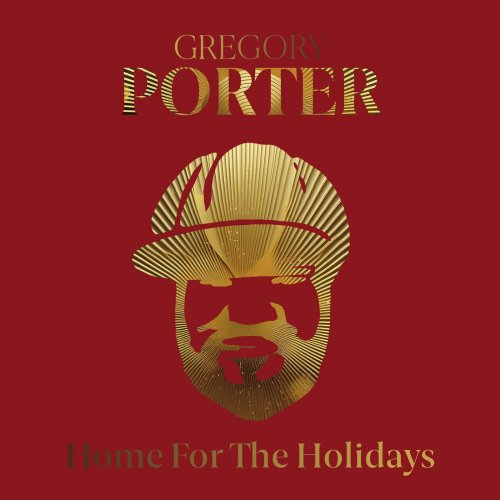
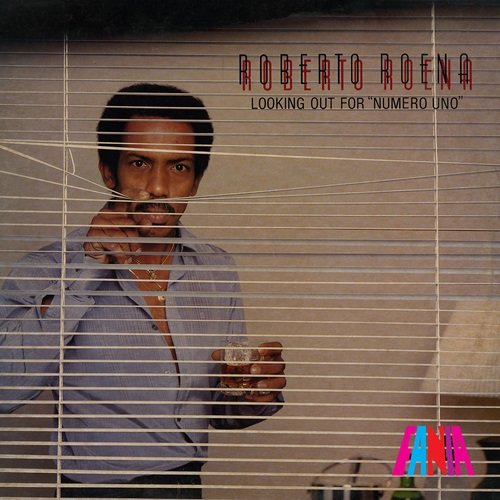
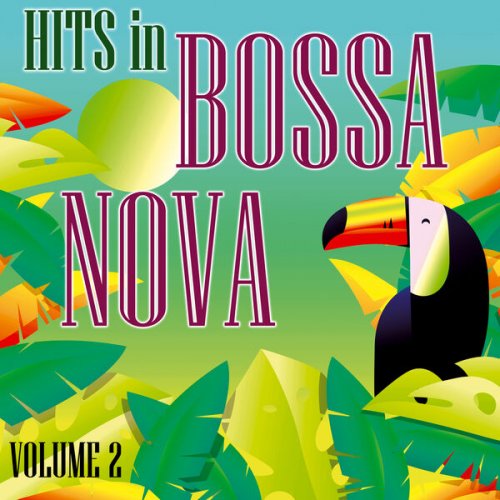
![Clifton Chenier - Bon Ton Roulet! (1967) [Hi-Res] Clifton Chenier - Bon Ton Roulet! (1967) [Hi-Res]](https://img.israbox.com/img/2025-12/20/a5svymspyands9f5esq020o3f.jpg)